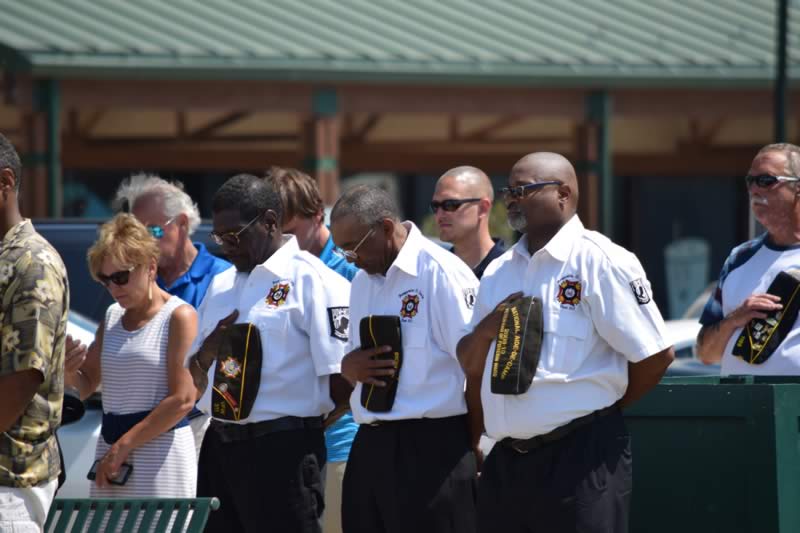
SOUTHWEST ASIA–(ENEWSPF)– June 19, 2017 — U.S. and coalition military forces continued to attack the Islamic State of Iraq and Syria yesterday, conducting 22 strikes consisting of 89 engagements, Combined Joint Task Force Operation Inherent Resolve officials reported today.
Officials reported details of yesterday’s strikes, noting that assessments of results are based on initial reports.
Strikes in Syria
In Syria, coalition military forces conducted 15 strikes consisting of 20 engagements against ISIS targets:
- Near Abu Kamal, two strikes destroyed two ISIS wellheads.
- Near Dayr Az Zawr, a strike destroyed nine ISIS oil stills.
- Near Raqqa, 12 strikes engaged 10 ISIS tactical units and destroyed four vehicles, two fighting positions, two mortar systems, a vehicle bomb, a tactical vehicle and a heavy machine gun.
Additionally, on June 18 at 6:43 p.m., a Syrian regime SU-22 military jet aircraft dropped bombs near Syrian Democratic Forces fighters south of Tabqah, Syria, and, in accordance with rules of engagement and in collective self-defense of coalition partnered forces, was immediately shot down by a U.S. F/A-18E Super Hornet aircraft.
The coalition presence in Syria addresses the imminent threat ISIS in Syria poses globally. The demonstrated hostile intent and actions of pro-regime forces toward coalition and partner forces in Syria conducting legitimate counter-ISIS operations will not be tolerated.
Strikes in Iraq
In Iraq, coalition military forces conducted seven strikes consisting of 69 engagements against ISIS targets:
- Near Beiji, a strike engaged an ISIS tactical unit and destroyed an ISIS staging area and a weapons cache.
- Near Kisik, two strikes engaged an ISIS tactical unit and destroyed a front-end loader and an anti-air artillery system.
- Near Mosul, four strikes engaged three ISIS tactical units; destroyed 30 fighting positions, five medium machine guns, three mortar systems, two supply caches and a rocket-propelled grenade system; damaged six ISIS supply routes and a tunnel; and suppressed two ISIS tactical units.
June 17 Strikes
Additionally, 15 strikes were conducted in Syria and Iraq on June 17 that closed within the last 24 hours:
- Near Raqqa, Syria, 13 strikes on June 17 engaged six ISIS tactical units and destroyed six fighting positions, two command-and-control nodes, a vehicle bomb, a tunnel and a sniper position.
- Near Kisik, Iraq, a June 17 strike damaged four fighting positions.
- Near Mosul, Iraq, a June 17 strike engaged an ISIS tactical unit; destroyed 22 vehicles, two command-and-control nodes, a vehicle bomb and an artillery system; and damaged five ISIS supply routes.
Part of Operation Inherent Resolve
These strikes were conducted as part of Operation Inherent Resolve, the operation to destroy ISIS in Iraq and Syria. The destruction of ISIS targets in Iraq and Syria also further limits the group’s ability to project terror and conduct external operations throughout the region and the rest of the world, task force officials said.
The list above contains all strikes conducted by fighter, attack, bomber, rotary-wing or remotely piloted aircraft; rocket-propelled artillery; and some ground-based tactical artillery when fired on planned targets, officials noted.
Ground-based artillery fired in counterfire or in fire support to maneuver roles is not classified as a strike, they added. A strike, as defined by the coalition, refers to one or more kinetic engagements that occur in roughly the same geographic location to produce a single or cumulative effect.
For example, task force officials explained, a single aircraft delivering a single weapon against a lone ISIS vehicle is one strike, but so is multiple aircraft delivering dozens of weapons against a group of ISIS-held buildings and weapon systems in a compound, having the cumulative effect of making that facility harder or impossible to use. Strike assessments are based on initial reports and may be refined, officials said.
The task force does not report the number or type of aircraft employed in a strike, the number of munitions dropped in each strike, or the number of individual munition impact points against a target
Source: http://defense.gov








